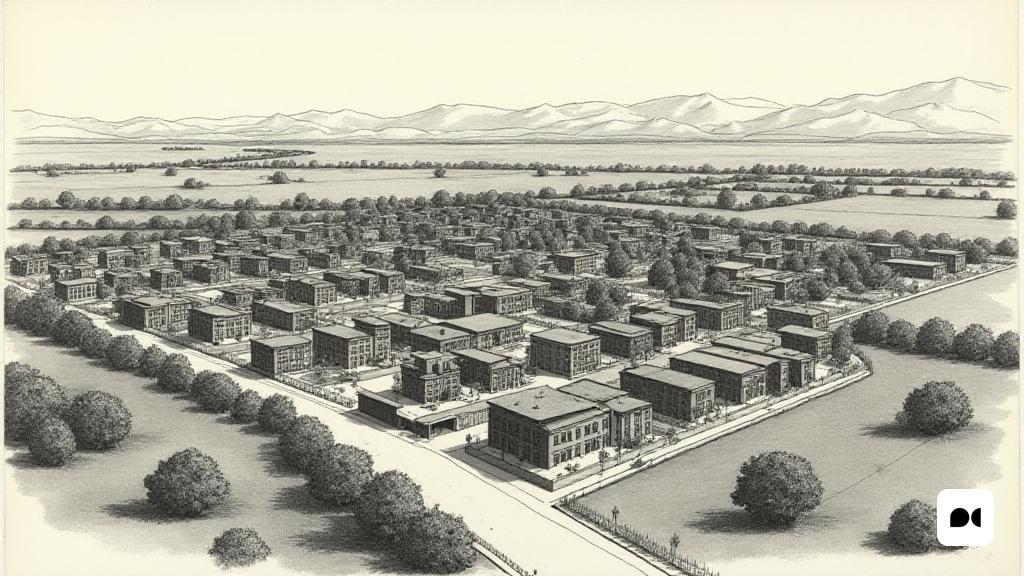The proclamation of a historical plan
On December 18, 1984, the City Council of Amposta experienced a moment that would be recorded in its history: the provisional validation of the General Plan of Amposta. This approval not only represents a significant breakthrough in local urbanism, but also symbolizes the first step in transforming the configuration of the municipality, a goal that had been dodged for decades.
Reviceant previous attempts
Over the years, several attempts to create an urban plan for Amposta were forgotten. One of the first was designed by the architect Barba Corsini in the 1950’s. If he had seen the light, the city would have taken a very different course, a mystery that maybe some historian of the future will analyze. Later, in the late 1960’s, another project, by the Aragonese architect, was abandoned without coming to fruition.
A dynamic social and political context
The approval of the General Plan coincided with a moment of change in Spain. In an atmosphere marked by the optimism that followed the dictatorship, the neighbors of Amposta cry for freedom and autonomy. Young professionals, including architects and economists, came together to actively participate in local politics, trying to influence the future of their people.
From debate to concretization
Following the challenge of the previous general plan, a new process of debate emerged. Professionals from different sectors, including representatives of political parties and social entities, met for more than six months to discuss the future urban planning of Amposta. These meetings, which were intensely debated and sometimes conflicting, allowed the foundations of what would eventually become the general approved plan.
The impact of green areas
One of the highlights of the plan is the inclusion of green areas and equipment. In an age when these ideas seemed utopian, today they are a palpable reality, with spaces such as Carvallo Square and areas for schools and residences for the elderly, which reflect a commitment to the quality of life of citizens.
A sustainable growth plan
The main lines of the General Plan also cover the sustainable growth of Amposta. With proposals that include the redevelopment of areas such as the eucalyptus, a balance is sought between the expansion of the municipality and the preservation of its natural environment. This approach is based on the need to develop projects that respect the delta ecosystem.
Reflections on Amposta’s future
The new General Plan of Amposta is not only a technical document, but a crucial tool for the future of the municipality. However, it is essential to recognize that its implementation will depend on effective management and constant adaptation to the changing needs of the community. In a constantly evolving world, this plan is an invitation to build a sustainable and inclusive future for all ampostins.
*Gabriel Perles, a member of the Amposta PSC, actively contributes to the preservation of local historical memory.

